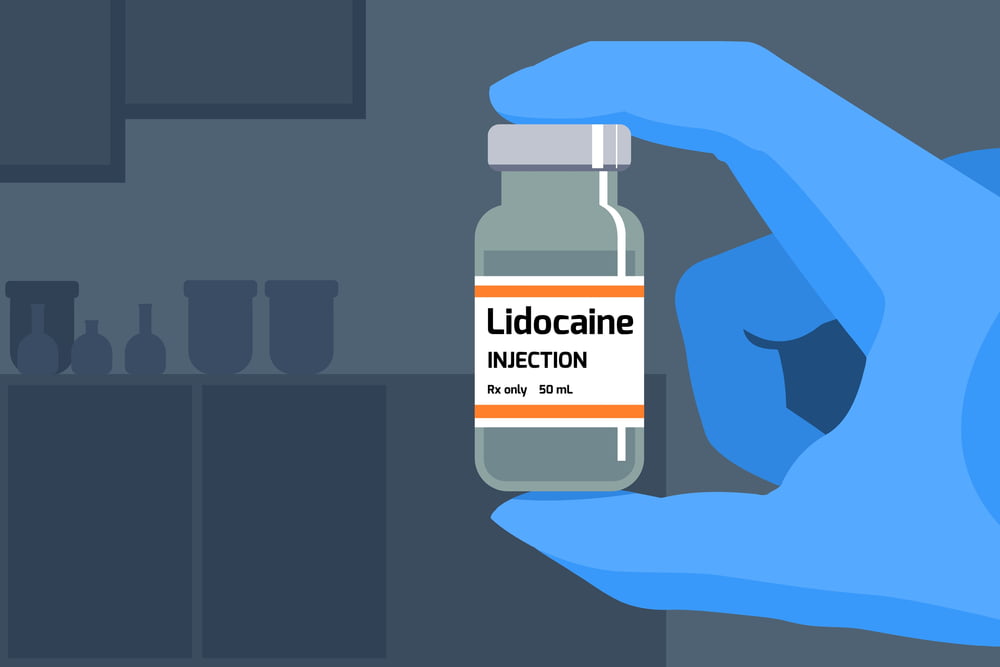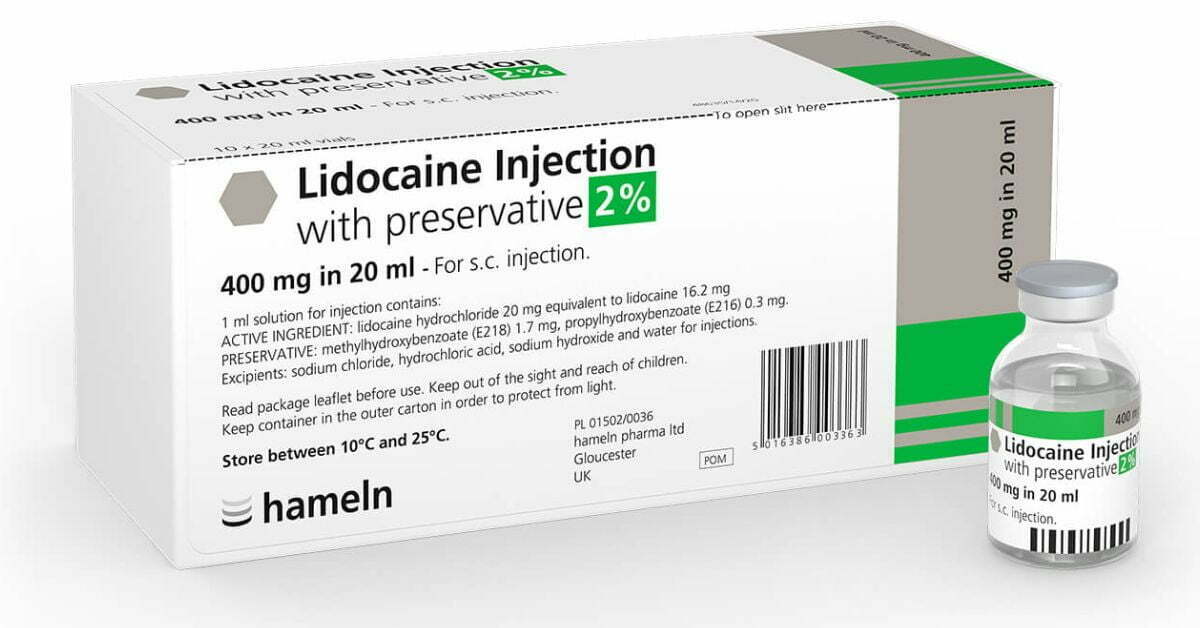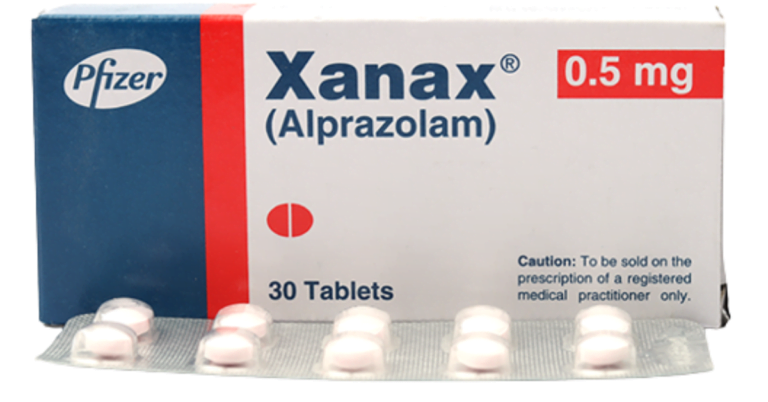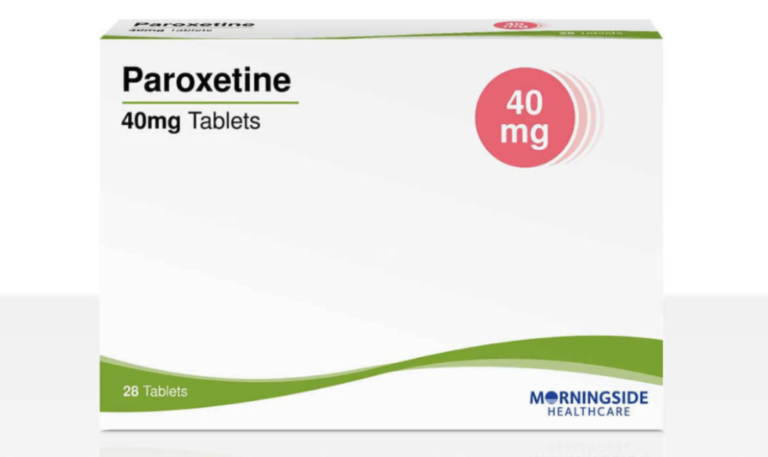How long does lidocaine last? Know Efficacy
Introduction Lidocaine is a local anesthetic drug widely used for various medical and dental procedures to numb the targeted area of the body. It belongs…
Introduction
Lidocaine is a local anesthetic drug widely used for various medical and dental procedures to numb the targeted area of the body. It belongs to the class of amide-type local anesthetics and is available in multiple forms, including gel, ointment, injection, and spray. In this article, we will discuss how long lidocaine last, its mechanism of action, and the factors that can affect its duration of action.


Table of Contents
Mechanism of Action
Lidocaine works by blocking the nerve impulses that transmit pain signals to the brain. It achieves this by binding to the sodium channels present in the nerve cells, which are responsible for generating and propagating electrical impulses. By blocking these channels, lidocaine prevents the nerve cells from depolarizing and transmitting pain signals. As a result, the patient experiences numbness and reduced sensation in the targeted area.
Duration of Action
The duration of action of lidocaine can vary depending on several factors, including the type and dose of the drug, the route of administration, the location of the injection, and the individual patient’s metabolism. Generally, the effects of lidocaine last for about 1-2 hours when administered as a local anesthetic injection. However, when the lidocaine is used as a topical gel or ointment, the duration of action may be shorter, lasting only 30-60 minutes.
Factors Affecting Duration of Action
Several factors can affect the duration of action of lidocaine, including the patient’s age, weight, and overall health status. Elderly patients or those with liver or kidney problems may experience a longer duration of action because their bodies metabolize the drug more slowly. Additionally, the location of the injection can also affect the duration of action. For example, lidocaine injections in areas with high blood flow, such as the fingers or toes, may wear off more quickly than injections in areas with lower blood flow, such as the back or buttocks.
Conclusion
In summary, lidocaine is a commonly used local anesthetic drug that blocks the nerve cells’ pain signals. The duration of action of lidocaine can vary depending on several factors, including the type and dose of the drug, the route of administration, and the patient’s metabolism. While lidocaine is generally safe and effective, patients should always inform their healthcare provider about any underlying medical conditions or medications they are taking before undergoing any medical procedure involving lidocaine.
Related Article: How long does Klonopin stay in your system
References:
- U.S. National Library of Medicine. Lidocaine. Accessed on 28th February 2023 from https://medlineplus.gov/druginfo/meds/a618057.html
- Patel R, Patel S, Patel S, Patel A. Lidocaine. In: StatPearls. Treasure Island (FL): StatPearls Publishing; 2022. Accessed on 28th February 2023 from https://www.ncbi.nlm.nih.gov/books/NBK541102/
- Kanto JH. Benzodiazepines in anesthesia. Anesthesiology. 1980; 53(4): 305-15. doi: 10.1097/00000542-198010000-00001. PMID: 6771922.






